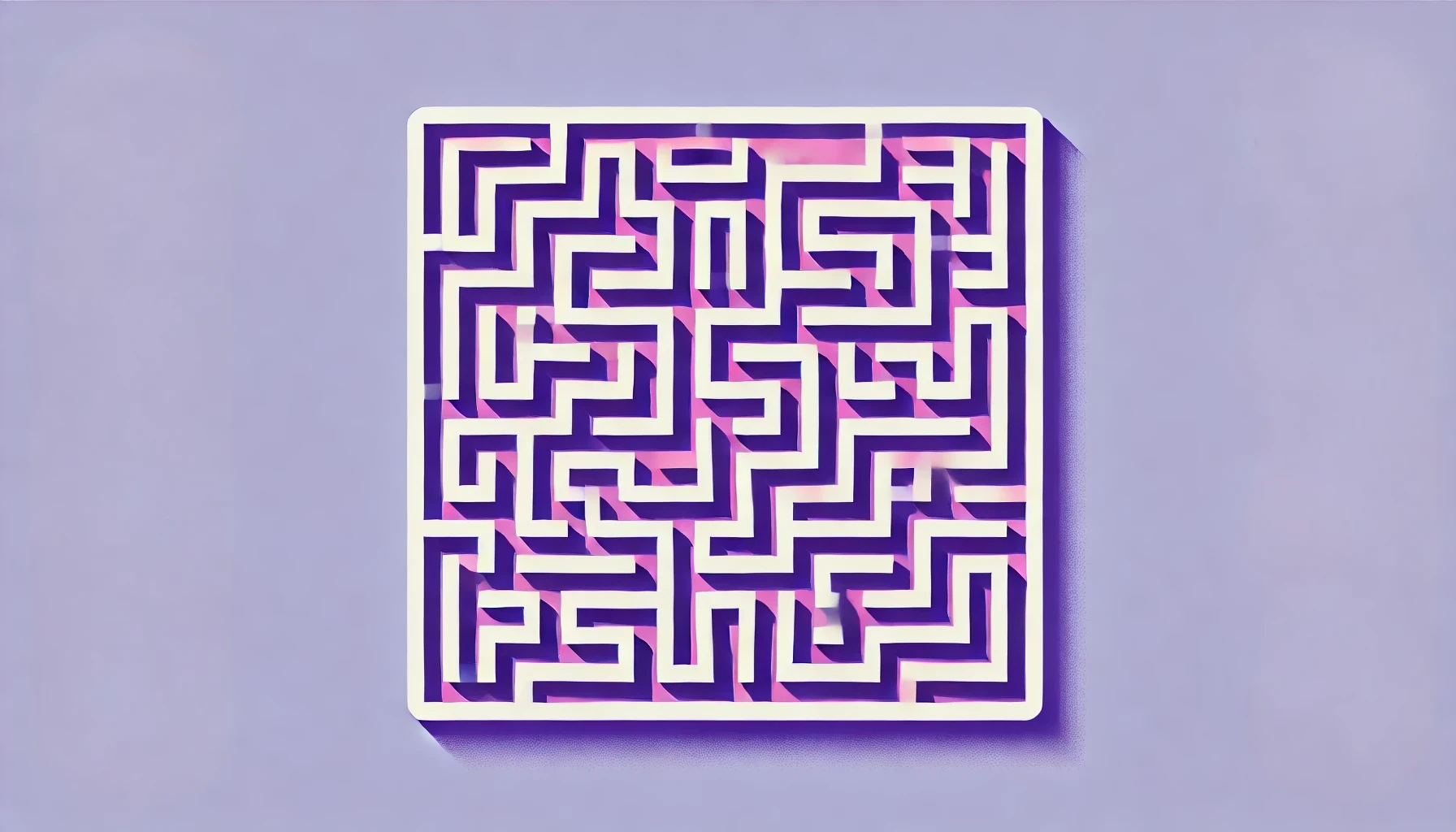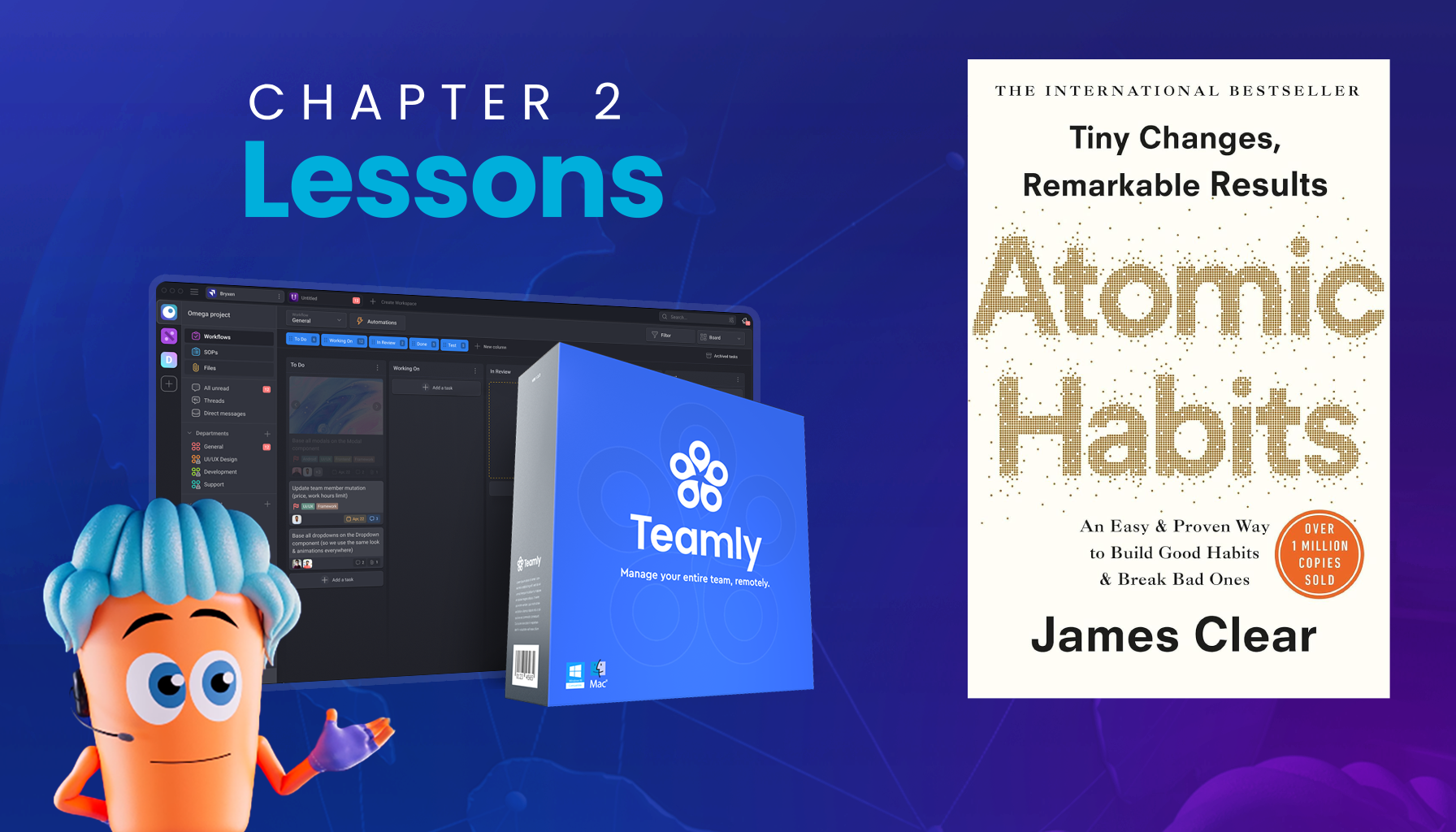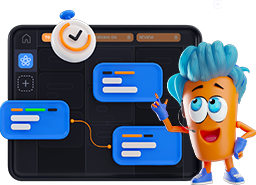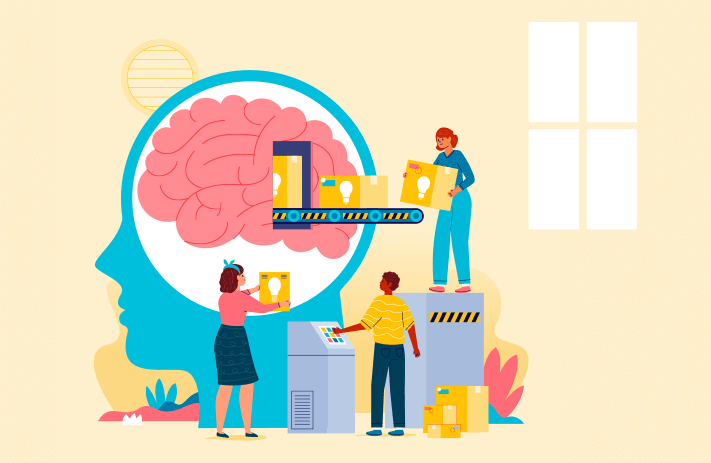
Click the button to start reading
Key Takeaways from “Atomic Habits” by James Clear – Chapter 2
James Clear’s Atomic Habits is one of those rare books that goes beyond quick tips or motivational hacks.
It offers practical, evidence-based advice on how to fundamentally change your habits and, ultimately, your life. Chapter 2, in particular, explains how your habits are deeply tied to your identity—and how shaping one will inevitably affect the other.

Why Do We Struggle With Bad Habits?
It’s frustrating, right? We know what we should do, but sticking to good habits seems like an uphill battle. Meanwhile, bad habits—whether it’s procrastinating, overeating, or watching too much TV—seem to stick effortlessly.
Clear argues that many people fail to change their habits because they focus on the wrong thing.
Instead of focusing on who they want to become, they focus solely on the outcome.
They focus on the goal: “I want to lose 10 pounds” or “I want to be more productive.” While there’s nothing wrong with goals, the problem is that they focus on the result rather than the process or, more importantly, the identity that drives the habit.
The Three Layers of Behavior Change
Clear introduces a helpful analogy to understand the different ways we can approach behavior change. Picture an onion, where each layer represents a different approach to habit change:
- Outcomes: This outer layer is focused on the results—things like losing weight, earning more money, or running a marathon.
- Processes: The middle layer is about the actions you take to reach those outcomes. These are your systems and habits,
like going to the gym, budgeting, or daily writing. - Identity: At the core is identity—the beliefs, assumptions, and worldview that drive your habits. This is about seeing yourself as the kind of person who does these things.
According to Clear, most people make the mistake of trying to change from the outside in—starting with outcomes and working backward. This rarely works because it ignores the underlying belief systems that fuel your actions.

Identity-Based Habits: Changing Who You Are
Clear suggests that the most effective way to change your habits is to focus on identity first. Who do you want to become? Instead of setting a goal to run a marathon, focus on becoming a runner.
Instead of aiming to lose weight, focus on becoming someone who makes healthy choices.
Here’s the important part: your habits are a reflection of your identity. Every action you take reinforces the type of person you believe you are. For example, every time you go for a run, you are reinforcing your identity as a runner.
Every time you skip a workout, you’re reinforcing the opposite identity. The more you align your actions with your desired identity, the easier it is to build lasting habits.
This approach flips the traditional model on its head. Rather than saying, “I want to run a marathon,” you start by saying, “I’m a runner.” Once you identify as a runner, the daily habits that follow—running consistently, eating well—become second nature.

How to Cast Votes for Your Identity
Think of every action you take as a vote for the person you want to become.
If you want to become a writer, every time you sit down to write, you cast a vote for the identity of being a writer.
The more votes you cast, the more you reinforce that identity.
This doesn’t mean you need to be perfect. Like in an election, you don’t need a unanimous win—just the majority.
If you miss a day at the gym or fall behind on your writing, it’s not the end of the world. What matters is that the majority of your actions cast votes in favor of the identity you want to cultivate.
This mindset makes it easier to be consistent. Rather than focusing on a distant outcome, you focus on who you are becoming. With each small action, you gather more evidence that reinforces that identity.

Teamly: Tools for Building Better Habits
For those looking to implement habit-building processes in the workplace, Teamly’s software provides a great solution.
It helps teams create systems that foster collaboration and productivity, making it easier to implement the right habits for long-term success.
The Two-Step Process to Reinforce Identity
Clear simplifies the process of identity change into two steps:
- 1. Decide the type of person you want to be.
- 2. Prove it to yourself with small wins.
This is where the magic happens. Once you decide who you want to become, you start to consciously make decisions that align with that identity.
Want to be healthier? Start asking yourself, “What would a healthy person do?” It’s not about a huge transformation overnight; it’s about the small daily choices that add up over time.
For example, Clear shares a story about a woman who lost over 100 pounds by consistently asking herself, “What would a healthy person do?”
She didn’t set out with a massive goal of losing weight. Instead, she focused on aligning her daily actions with the identity of a healthy person. Over time, these small choices accumulated, and the results followed.

The Feedback Loop of Habits and Identity
There’s a powerful feedback loop between habits and identity. Your identity drives your habits, and your habits reinforce your identity.
This loop is why focusing on identity is so much more effective than just setting outcome-based goals. As you take actions aligned with your identity, you reinforce the belief that you are that person.
Habits are not just about achieving specific outcomes; they’re about becoming someone new. Clear emphasizes that this shift in mindset is the real secret to lasting change.
It’s not about following a strict regimen; it’s about embodying the type of person who naturally achieves those things.
If you’re looking for a roadmap to building lasting change, Atomic Habits
is a must-read. Whether you want to improve your health, productivity, or relationships, this book provides the tools to help you become the best version of yourself.
















